A well-stocked toolbox makes life as a homeowner far easier. Whether you love taking on big DIY projects or just need to complete small tasks around the house, you should always have some basic tools in your possession. If you’re a new homeowner, tools could be a great addition to a housewarming registry or a holiday gift list.
Here are 17 household tools homeowners should invest in:

1. Multi-bit Screwdriver
A screwdriver is one of the most essential tools for any homeowner to keep in their possession. You could purchase a set of individual screwdrivers to accommodate a variety of screw sizes, but a multi-bit screwdriver is a great alternative. This tool has an interchangeable head and removable bits that you can swap out based on the size and shape of the screw.

2. Tape Measure
Every homeowner needs a tape measure, especially when moving into a house and trying to fit furniture and hang up decor. You should look for a tape measure that’s at least 25 feet long and has both imperial and metric units, which will make it easier to manage projects with different specifications.
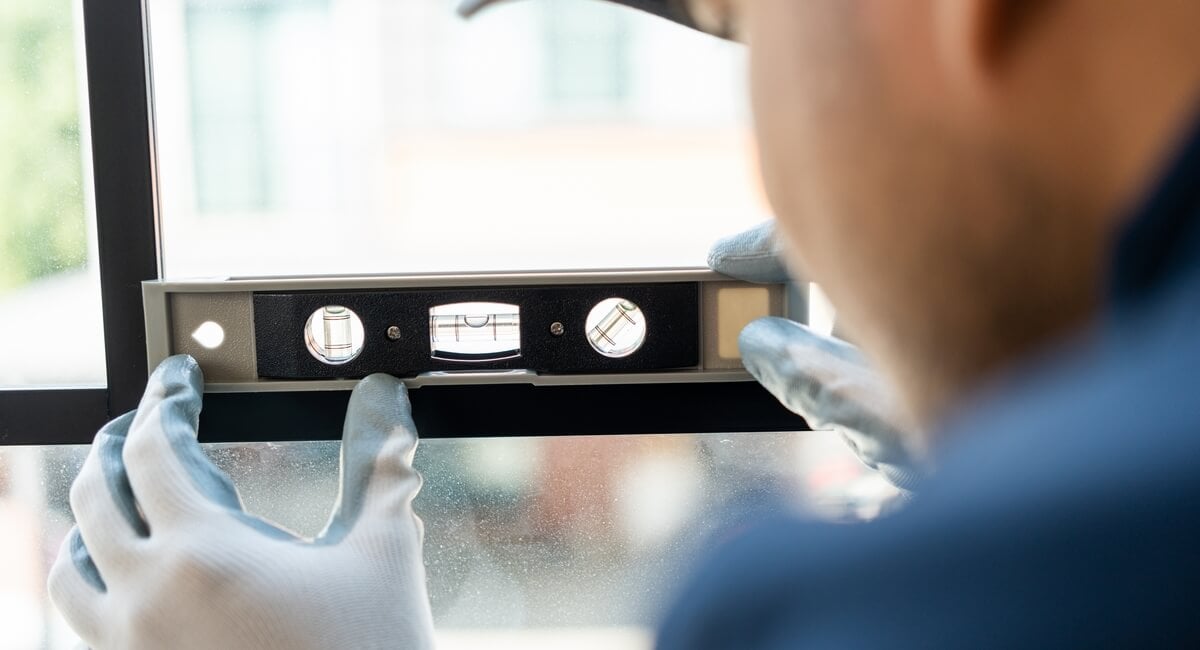
3. Level
A level will help your DIY projects stay perfectly aligned, making them look professional. You could use a traditional level, or you could invest in a laser level that projects the lines onto the surface. A laser level is quick and easy to set up, and it prevents you from having to draw lines on your walls in pencil.
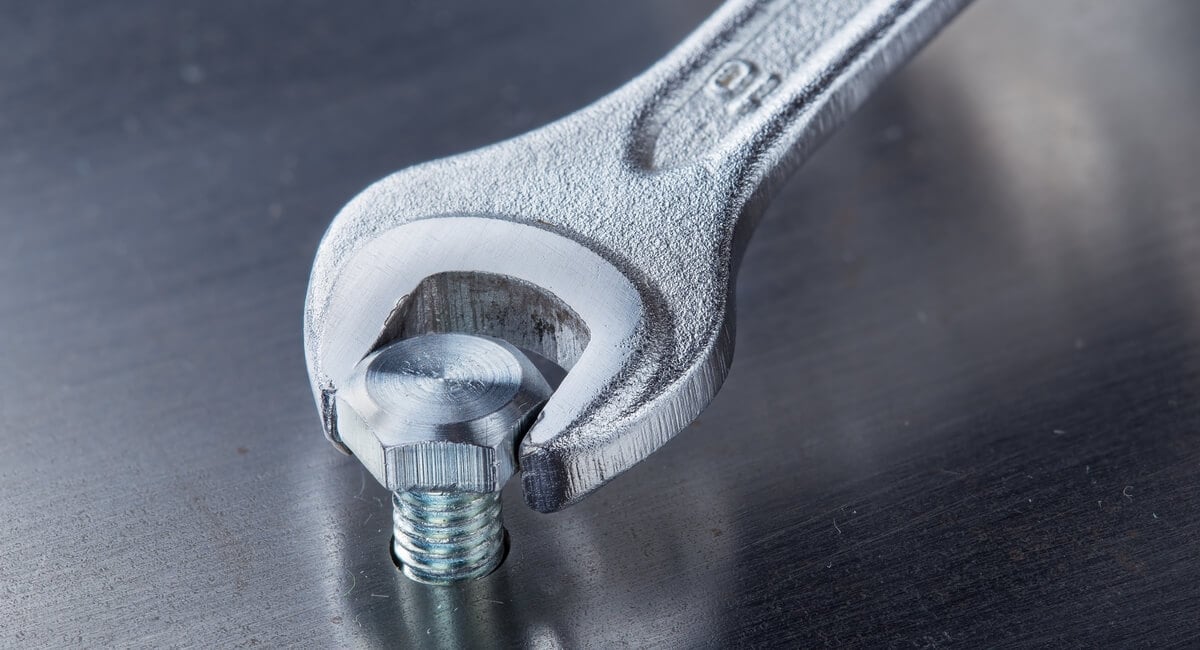
4. Wrenches
A wrench is one of the handiest tools for assembling furniture and completing repairs around the house. Like with screwdrivers, you can either purchase a traditional set with a variety of sizes, or you can purchase an adjustable wrench. Some homeowners prefer having one larger and one smaller adjustable wrench to cover all their bases.
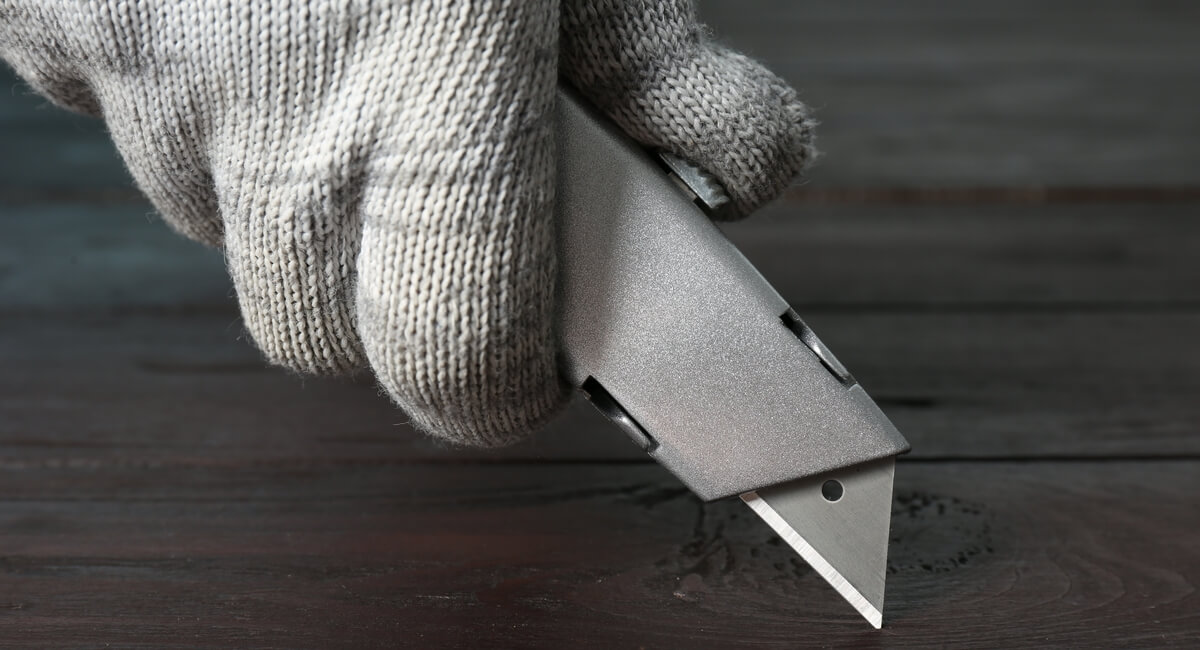
5. Utility Knife
A retractable utility knife is useful for opening boxes and cutting carpet, rope, or other materials. Look for a model that allows you to replace the blade easily. A sharp blade makes all the difference for both ease of use and safety.
6. Putty Knife
If you plan to do any painting, spackling, or caulking in your home, you should have a putty knife in your toolbox. You can find putty knives in a variety of sizes, but smaller ones tend to be more flexible and versatile. If you plan to use it frequently, look for one with an ergonomic handle to reduce the strain on your hands and wrists.
7. Metal Straight Edge
Any yardstick can be helpful for measuring and creating straight lines, but a metal straight edge will be your most durable and precise option. Your straight edge can come in handy when hanging wallpaper, cutting carpet, or completing woodworking projects.

8. Hammer
A hammer is one of the most widely used tools for homeowners and should be included in any toolkit. Look for a hammer with a curved claw that will assist with extracting nails. Some homeowners also use a tack hammer, which is a smaller hammer that can help with projects involving small nails or tacks.
9. Locking Pliers
Locking pliers can be incredibly helpful for a variety of projects. Because the pliers lock into place, you don’t have to continuously squeeze them to maintain the grip. This allows you to easily leave the pliers clamped on an item while you do something else with your hands. Locking pliers are also useful when loosening stripped bolts and pulling up nails or staples.

10. Staple Gun
If you’re planning to install carpet or reupholster any furniture in your home, you should invest in a staple gun. This tool allows you to drive staples into a wide range of materials, which can be much more efficient than using a hammer and nails.

11. Caulk Gun
A caulk gun will be an essential part of your toolbox if you need to seal any cracks throughout your house. You can use a caulk gun to seal a bathtub, fill in cracks in the windows to weatherize your home, or reinforce your baseboards to prevent pests from coming in.
12. Step Ladder
Balancing on a stair or countertop can put you at serious risk, so a high-quality step ladder is an important purchase if you do a lot of DIY projects. A ladder with a built-in tray at the top can be especially helpful for painting or other equipment-heavy tasks.
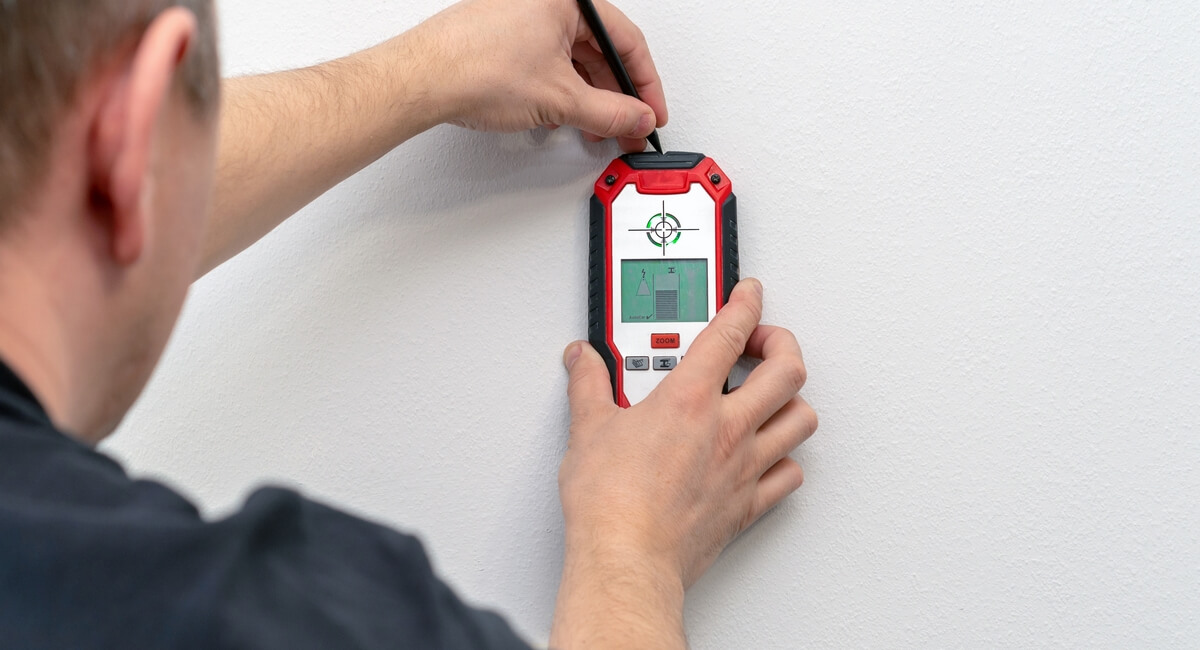
13. Stud Finder
A stud finder will help you locate the wooden studs behind your drywall if you plan to mount a TV, shelf, or other heavy item. Magnetic stud finders locate the metal studs with a magnet. Electronic stud finders tend to be more expensive, but they can detect wiring, PVC pipes, and other materials behind the drywall in addition to locating the studs.
14. Pry Bar
A pry bar is handy during demolition projects as it allows you to lift a heavier load without putting too much strain on your hands and wrists. Many pry bars are made with non-slip handles, which can help reduce fatigue in your hands.

15. Cordless Drill
A cordless drill is one of the most efficient, functional tools you can purchase as a homeowner. Even small cordless drills can provide a great deal of power. To get the most use out of your drill, invest in one with several speed and torque settings so that you can use it for a variety of tasks.
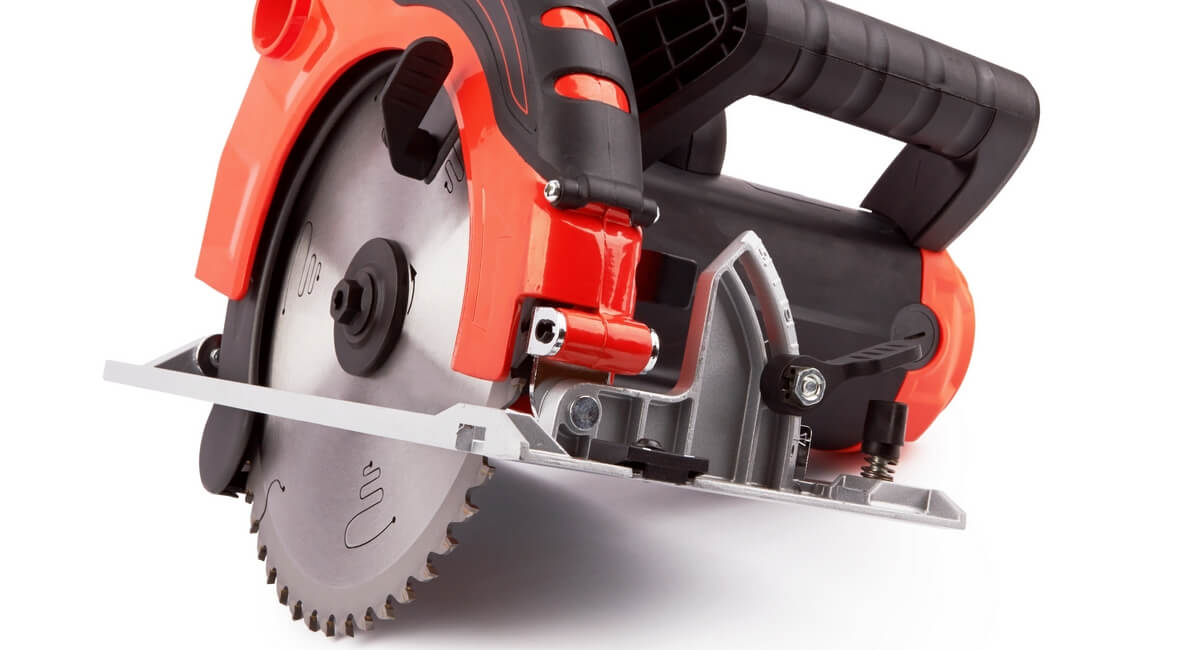
16. Circular Saw
A circular saw might not be an essential tool for all homeowners, but it’s an excellent investment if you enjoy woodworking or plan to complete any major construction projects for your house. The saw is mostly used to make straight cuts in wood, but you can also use it to cut plastic, steel, and ceramic.
17. Safety Goggles
Even small DIY projects can create a safety hazard. Accidents happen, and flying wood dust, nails, or other debris could do serious damage. To keep yourself safe when working on your home, you should always wear safety goggles.
A complete toolbox allows you to fix minor issues around your home and take on exciting DIY projects whenever you want. Building up your collection of tools can help you feel more capable and confident as a homeowner. Most of these tools are budget-friendly or can be purchased secondhand, so you don’t have to break the bank to create your toolkit. As you learn which tools you prefer and which ones you use the most often, you can adjust your collection to best suit your needs.

